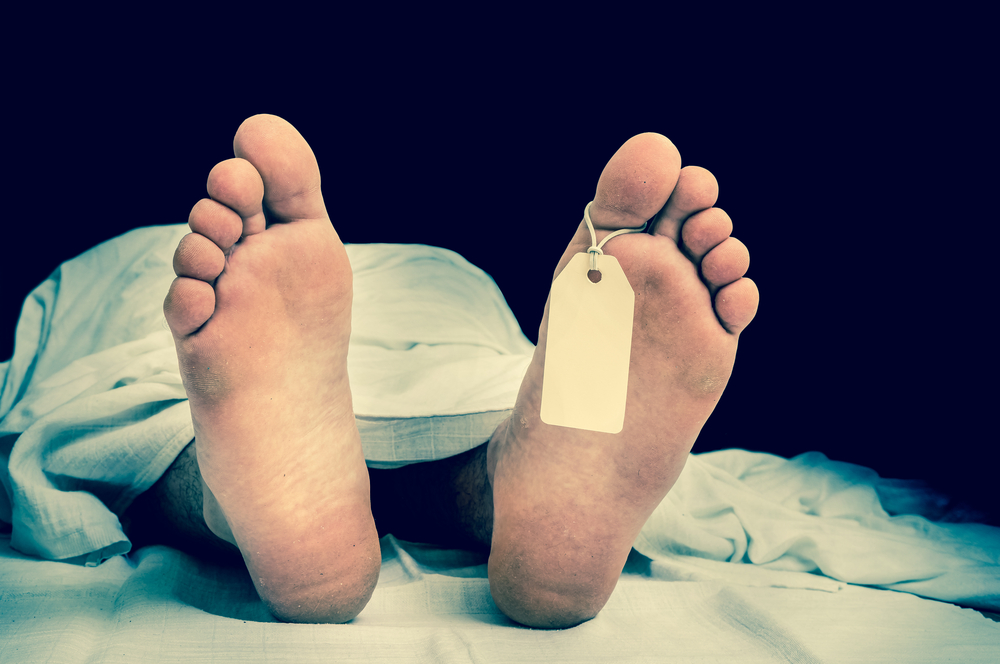Less Invasive Autopsy Should Be Standard Practice, Study Says

A new, less invasive method of conducting autopsies could one day replace the traditional procedure for diagnosing the causes of many deaths, according to a new study.
Researchers found that the less invasive method, which involves CT scans, allowed examiners to determine the cause of death in 193 (92 percent) of 210 deaths that they investigated. These deaths occurred due to natural causes, such as illness.
"Over the years, there have been several attempts to develop alternative approaches to the invasive autopsy, to limit the extent to which the cadaver is dissected," lead study author Dr. Guy Rutty, a professor of forensic pathology at the University of Leicester in the United Kingdom, said in a statement. "Although these techniques have been published, the invasive examination remains the standard adopted approach." [What Exactly Do They Do During an Autopsy?]
To use the new technique, called postmortem computed tomography-angiography, or PMCTA, a pathologist scans a body using a CT scanner and inserts a catheter into an artery. The catheter is used to examine the state of the cadaver's blood vessels to look for potential coronary artery disease, which is the most common cause of natural death. (However, the technique can also be used to identify other causes of death.)
If the pathologist can't determine a cause of death using the new technique, he or she can proceed to conduct a traditional autopsy, Rutty said.
In the new study, researchers used PMCTA to investigate 241 deaths in the United Kingdom. The cases included 210 deaths from natural causes and 24 deaths from trauma, such as car accidents or suicide. The remaining seven cases were excluded from the study analysis due to issues with data.
The researchers also found that the effectiveness of the new technique was similar to that of the traditional, invasive autopsy. However, each of the two methods worked better for identifying certain specific causes of death. For example, PMCTA worked better for identifying trauma and internal bleeding as causes of death, compared with the traditional autopsy. However, the traditional autopsy was superior to PMCTA in diagnosing pulmonary thromboembolism, a blockage of an artery in the lungs, as a cause of death.
Get the world’s most fascinating discoveries delivered straight to your inbox.
The new results show that PMCTA "should be part of all autopsy practice," Rutty said. However, this does not mean that the new method could ever completely replace traditional autopsy for determining the causes of death in every single case, he said.
"There will always be cases that are more complicated [and] complex and require a thorough, full autopsy examination," Rutty told Live Science.
The new study was published May 24 in the journal The Lancet.
Originally published on Live Science.



